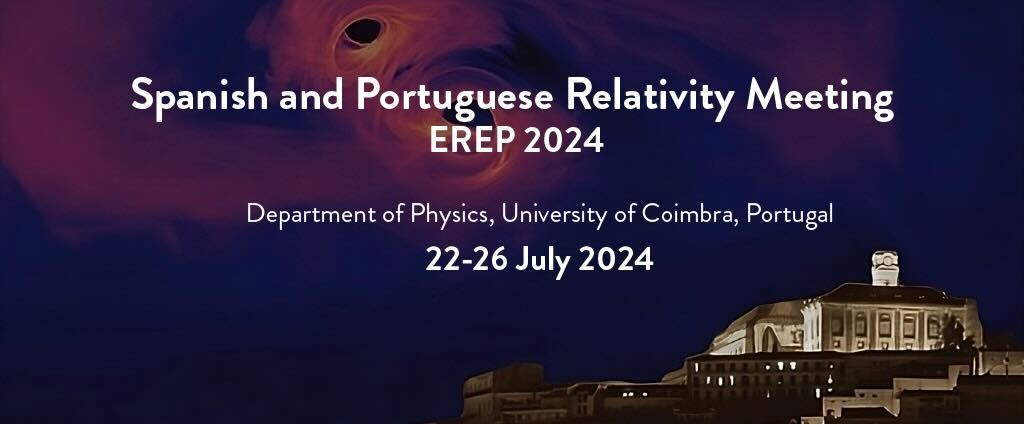Conveners
Parallel session 2 (Numerical Relativity)
- Session convener: Óscar Dias
1 Abstract
The study of sources of gravitational waves, which includes the capture of a compact object by a supermassive black hole (an "extreme-mass ratio inspiral, EMRI"), has been approached in relativistic astrophysics with a post-Newtonian treatment (see for example [1] for a complete description). Nevertheless, such estimation is only valid in the two-body problem. From an...
Gravitational wave radiation is only unambiguously defined at future null infinity - the location in spacetime where light rays arrive and where global properties of spacetimes can be measured. Reaching future null infinity is thus very important for extracting correct waveforms. A convenient way to include it in numerical relativity simulations is via hyperboloidal foliations, which can be...
In this talk I will discuss the implementation of hyperboloidal coordinates in the Generalized Harmonic Gauge (GHG) formulation of General Relativity within the Dual-Foliation formalism. This approach allows us to include future null infinity in the computational domain, while keeping standard methods for the evolution of the strong field region. First I will mention the asymptotic properties...
